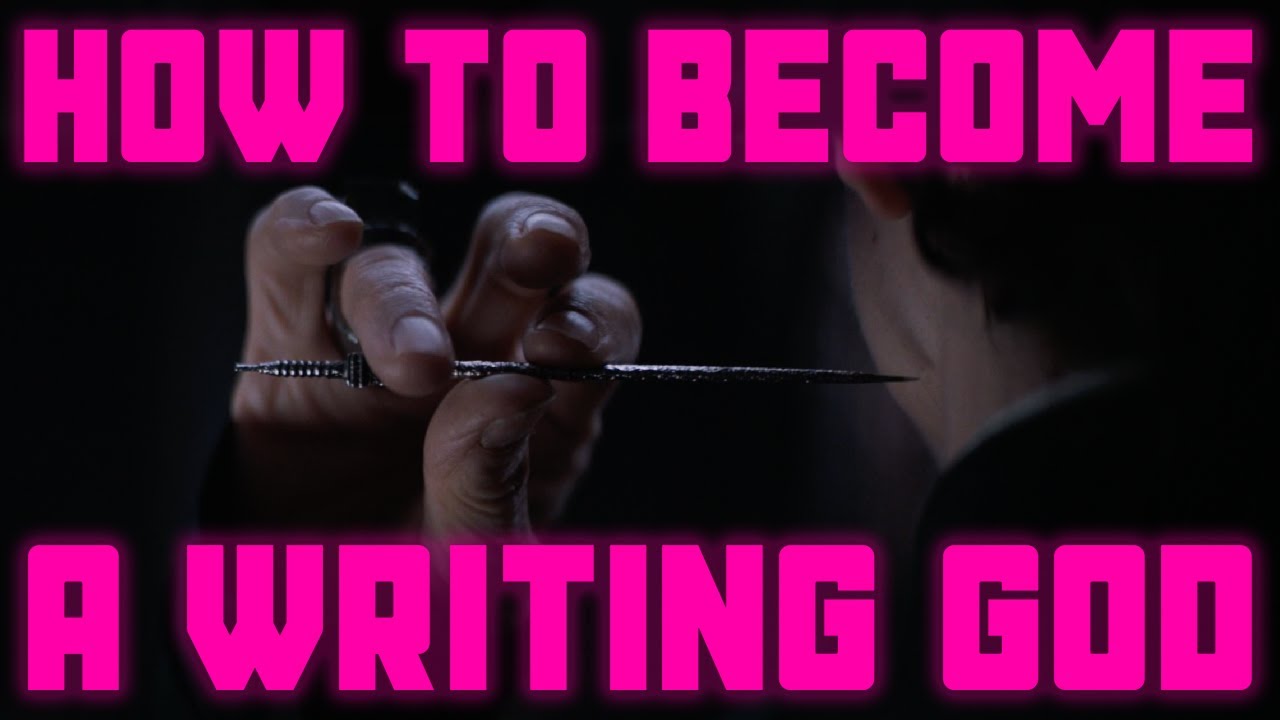The clues to a great story | Andrew Stanton | TED
Summary
TLDRThe speaker shares insights on the power of storytelling, emphasizing the importance of a compelling narrative that resonates with our human need for meaning and connection. He discusses the art of crafting stories that engage audiences through promises, character development, and invoking wonder, drawing from personal experiences and lessons learned in his career, including the creation of films like 'John Carter' and 'Finding Nemo'.
Takeaways
- 😄 'Make me care' is a fundamental storytelling commandment that emotionally, intellectually, and aesthetically engages the audience.
- 🏰 Stories are a powerful tool for affirmation, providing a sense of meaning and connection across time and barriers.
- 🎬 The beginning of a story should make a promise to the audience, setting the stage for a journey that's worth their time.
- 🤔 Storytelling is about problem-solving; audiences are naturally drawn to deducing and deducing, much like in real life.
- 🧩 The 'unifying theory of two plus two' emphasizes the importance of giving the audience just enough information to engage their curiosity and intellect.
- 🌱 Characters with a 'spine', or an inner motor driving their actions, create depth and relatability in storytelling.
- 🔑 Change is essential in stories as it reflects the dynamic nature of life and keeps the narrative fresh and engaging.
- ⚖️ Anticipation and uncertainty are key components of drama, driving the audience's interest in both immediate and long-term outcomes.
- 🚫 Storytelling has guidelines rather than hard rules, allowing for creativity and innovation within a structured framework.
- 🌟 The ability to invoke wonder is a magical ingredient in storytelling, providing a sense of awe and affirmation of life.
- 💡 Personal experiences and values are integral to crafting stories that resonate deeply with both the teller and the audience.
Q & A
What is the main theme of the story told by the old man at the beginning of the script?
-The main theme is the irony of how people are remembered for one mistake rather than their accomplishments, as illustrated by the old man's lament about being known for an incident with a goat instead of his craftsmanship.
What does the speaker suggest is the purpose of storytelling?
-The speaker suggests that storytelling serves to affirm our existence, provide meaning to our lives, and connect us through shared experiences and understanding.
What is the 'story commandment' that the speaker interprets from Mr. Rogers' quote?
-The 'story commandment' interpreted from Mr. Rogers' quote is 'Make me care,' which means to engage the audience emotionally, intellectually, and aesthetically.
What is the significance of the scene from 'John Carter' mentioned in the script?
-The scene from 'John Carter' signifies the importance of making a promise to the audience at the beginning of a story, suggesting that it will be worth their time and setting the stage for the narrative to unfold.
How does the speaker describe the audience's role in a well-told story?
-The speaker describes the audience as problem solvers who are compelled to deduce and deduct, enjoying the process of filling in the gaps and working for their 'meal' without realizing it.
What storytelling technique did the speaker learn from Judith Weston regarding character development?
-The speaker learned about the concept of a character's 'spine,' which is an inner motor or dominant, unconscious goal that drives all of the character's choices and actions.
What is the importance of 'wonder' in storytelling according to the speaker?
-According to the speaker, 'wonder' is a crucial ingredient in storytelling that can evoke a deep, honest, and innocent response, affirming the audience's sense of being alive.
What lesson did the speaker learn from his experience with 'Lawrence of Arabia'?
-The speaker learned the importance of a strong theme in storytelling, which runs through every aspect of the narrative and provides a deeper meaning beyond the surface events.
How did the speaker's personal experience as a premature baby influence his approach to storytelling?
-The speaker's personal experience influenced his approach to storytelling by emphasizing the importance of drawing from personal truth and values, and striving to be worthy of the second chance he was given.
What is the role of anticipation and uncertainty in drama according to the quote by William Archer?
-According to William Archer, drama is about creating anticipation and mingling it with uncertainty, which involves constructing both short-term tension and long-term doubt about the outcome of the story.
What were the initial 'secret rules' Pixar followed when creating 'Toy Story'?
-The initial 'secret rules' Pixar followed included no songs, no 'I want' moment, no happy village, no love story, and no villain, which were later challenged and adapted as they learned more about storytelling.
Outlines

This section is available to paid users only. Please upgrade to access this part.
Upgrade NowMindmap

This section is available to paid users only. Please upgrade to access this part.
Upgrade NowKeywords

This section is available to paid users only. Please upgrade to access this part.
Upgrade NowHighlights

This section is available to paid users only. Please upgrade to access this part.
Upgrade NowTranscripts

This section is available to paid users only. Please upgrade to access this part.
Upgrade NowBrowse More Related Video

The Art of Persuasive Storytelling | Kelly Parker | TED

Danny Matthews' Guide to Compelling Startup Narratives

O que faz você CRESCER na Internet | não será necessário mais nenhum vídeo depois desse.

CARA MEMBANGUN PERSONAL BRANDING

5 Essential Storytelling Rules I Just Made Up

Panduan Menulis Artikel ilmiah | Bedah Artikel
5.0 / 5 (0 votes)